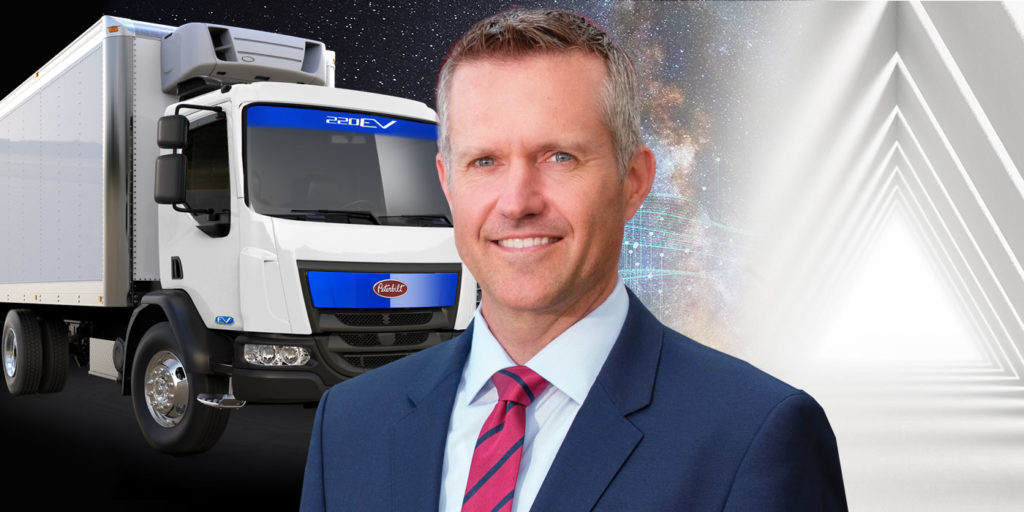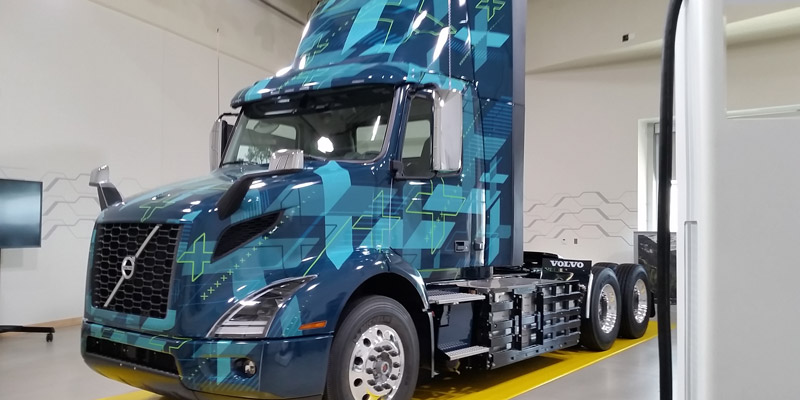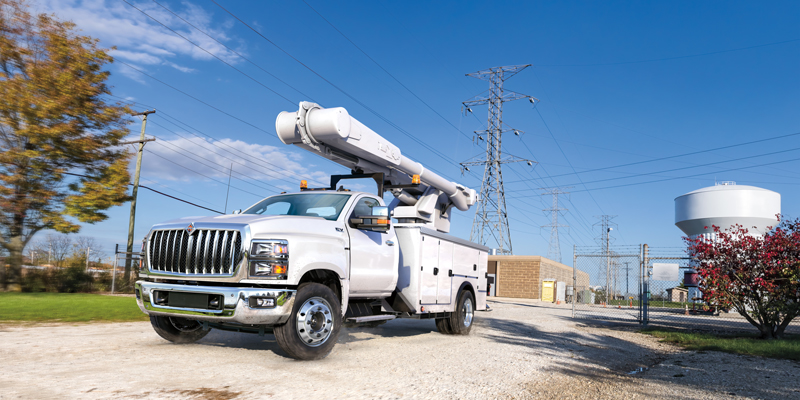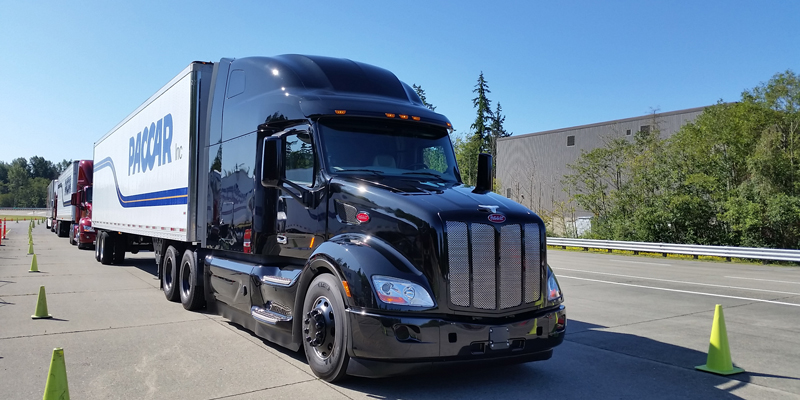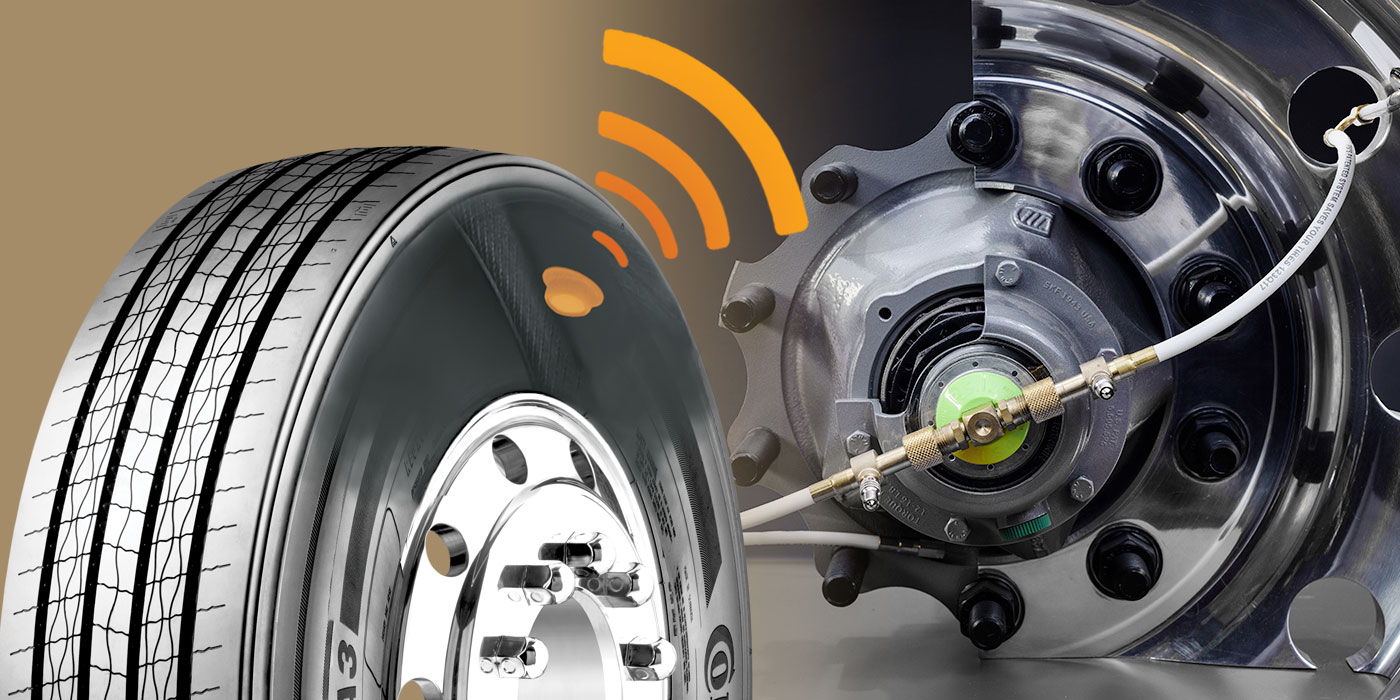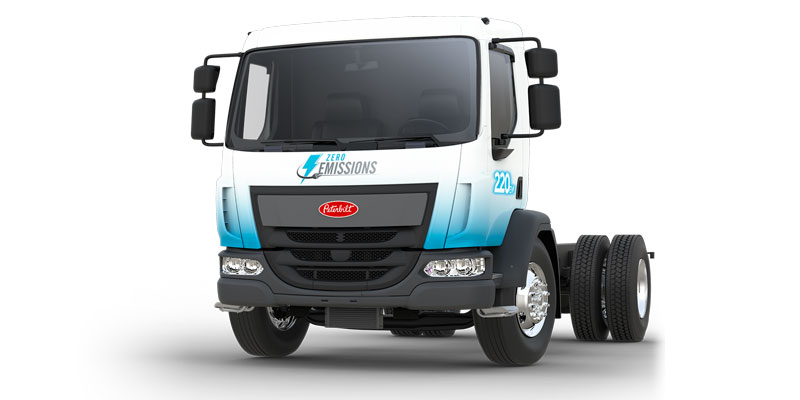There’s a clear theme that seems to run through all of the stories in the August issue of Fleet Equipment: From OE partners to maintenance and service providers, it’s the relationships you build that help you navigate the maze of known and unknown equipment issues in your daily fleet duties. That’s true in the medium-duty world as well. Fleet Equipment caught up with Mitsubishi Fuso’s new President and Chief Executive Officer, Jecka Glasman (pictured right), to talk about the importance of OE support to the customer.
“We depend heavily on our network of more than 200 dealers across North America and making sure they have the tools and knowledge they need to keep our customers satisfied is one of my main focuses,” Glasman said. “At the same time, we are working with our parent company, Daimler Trucks Asia, in Japan, to continue development of our medium-duty trucks, as well as the options and accessories needed to satisfy the many different types of customers we supply.”
Fuso has been a leader in making the cab-over medium-duty truck a staple in today’s fleets and much of that success is thanks to the Canter, which was designed from the ground up to offer improved fuel economy and payload.
“I think in the mid-’80s, when Fuso first came to America, cab-over trucks were seen as something of an anomaly. Now, fleet managers across North America recognize the advantages cab-overs offer,” Glasman said. “Our trucks provide better visibility than conventional trucks for improved safety, they allow longer bodies for a given wheelbase to boost cargo capacity, and they offer maneuverability that makes them ideal for urban route delivery and tight suburban neighborhoods. In fact, our shortest wheelbase FE Series trucks have a turning radius that’s a full foot shorter than a Mini Cooper’s.”
Glasman stressed the importance of continue to strive to for the best possible fuel economy and lowest cost of ownership. Take the Canter, for example. All models use a 3.0-liter, turbocharged, direct injection diesel engine mated to a dual-clutch automated manual transmission. It also touts a specially designed frame that offers high strength-to-weight ratios. The innovation doesn’t stop there.
“We will continue to refine our current models to keep up with changing market requirements,” Glasman said. “We are also exploring a product line expansion to offer our customers more choice and the most suitable trucks for their operating conditions. That’s a very exciting prospect, and one we hope to be able to say more about in the near future.”






